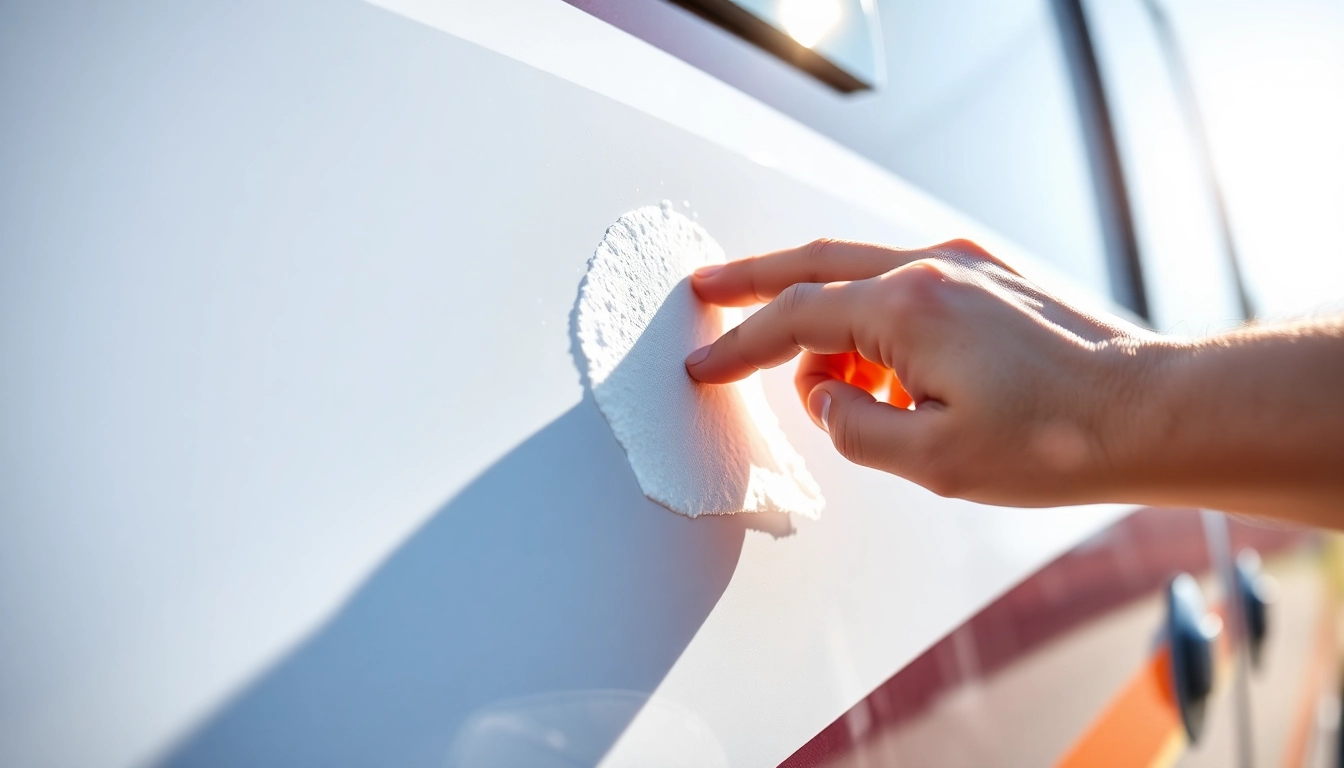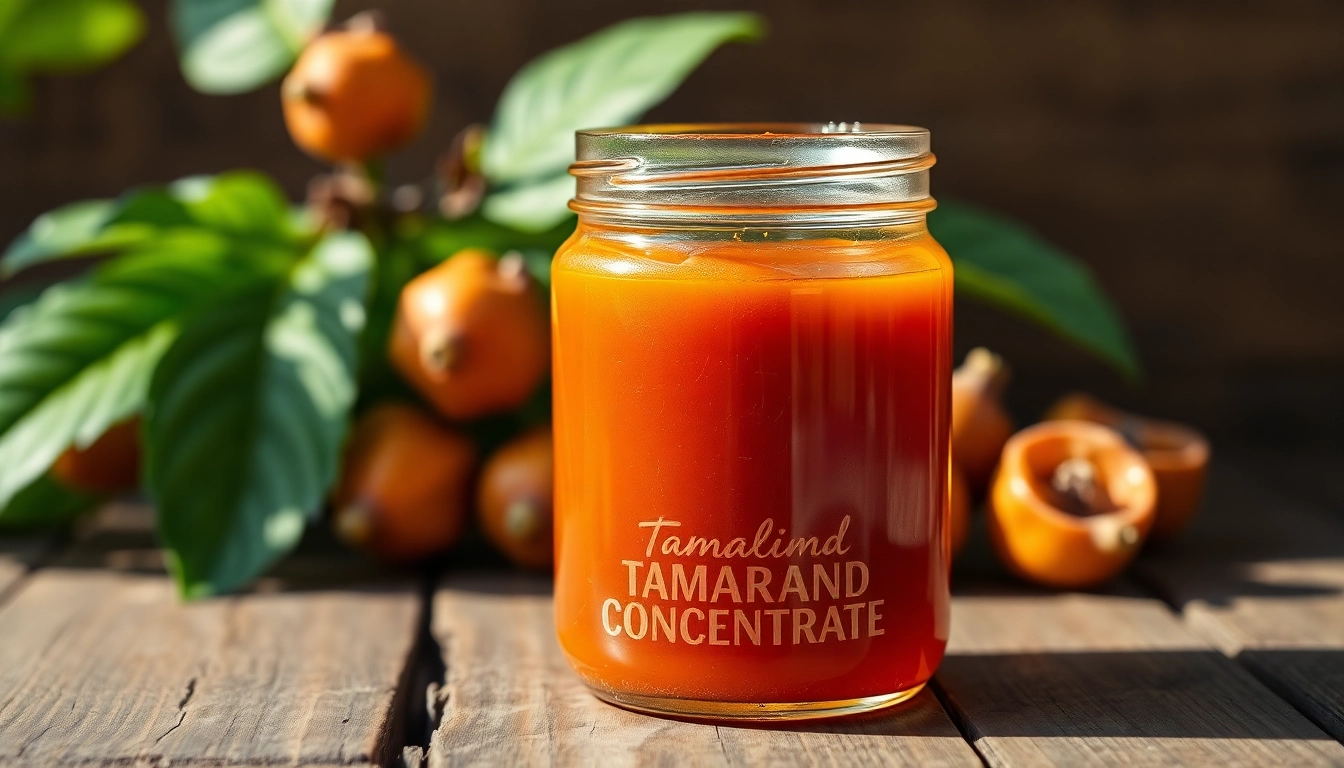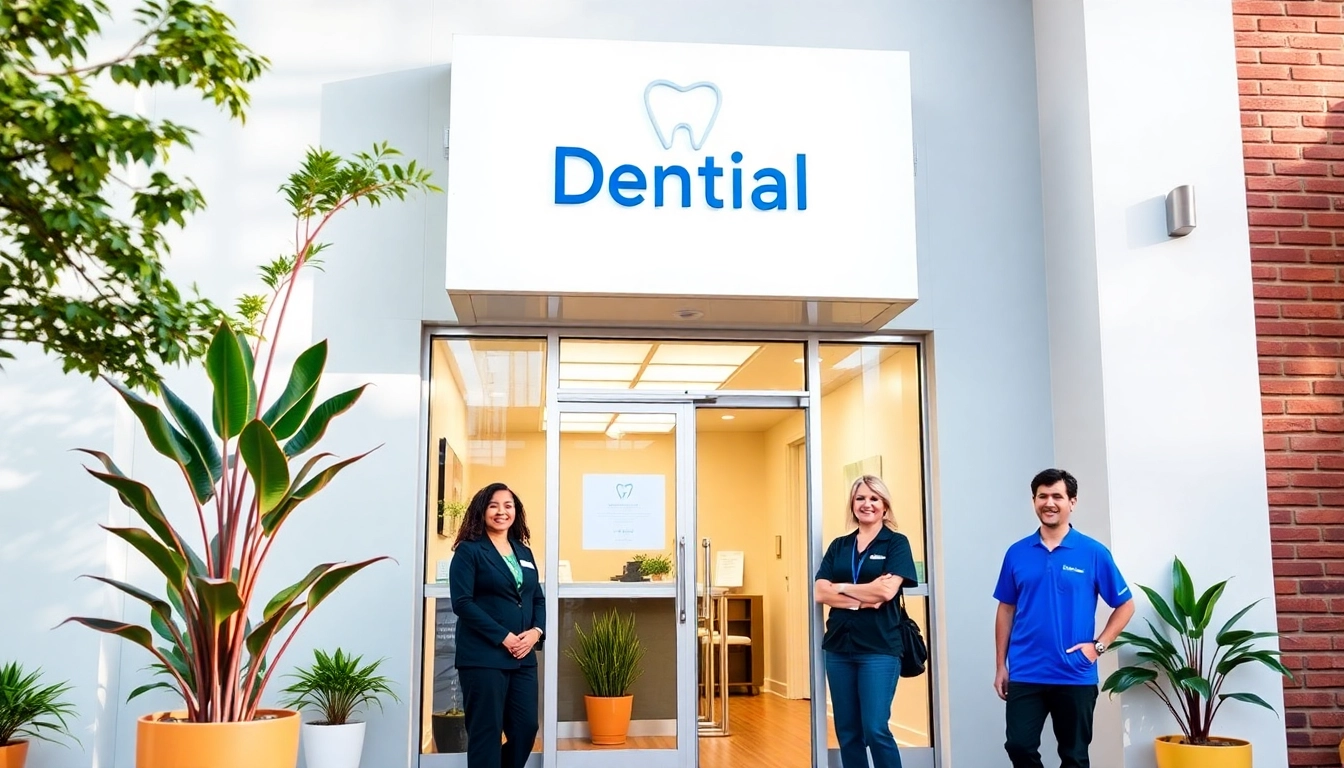
Introduction: The Essential Role of Wohnmobil Politursiegelung
When it comes to maintaining your mobile home, camper, or motorhome in pristine condition, protective and restorative measures are vital. Among these, Wohnmobil Politursiegelung stands out as one of the most effective solutions for preserving and enhancing your vehicle’s appearance while safeguarding it against environmental damage. Proper sealing not only restores the vehicle’s high-gloss finish but also creates a durable barrier that repels water, dirt, and UV rays—ultimately extending the lifespan of your investment.
In this comprehensive guide, we will explore why Wohnmobil Politursiegelung is indispensable, how to choose the right product, and detailed steps for achieving a flawless, long-lasting result. Whether you are a seasoned professional or a dedicated DIY enthusiast, understanding the nuances of effective sealing can significantly impact your maintenance routine and vehicle longevity.
Why Wohnmobil Politursiegelung Is Crucial for Longevity and Appearance
Benefits of Polishing for the Longevity of Your Mobile Home
Regular polishing and sealing significantly contribute to your vehicle’s durability. A high-quality Politursiegelung forms a protective layer over the gelcoat or paint, shielding against harmful UV rays, oxidation, and corrosive elements. This layer reduces the formation of common issues like fading, cracking, and black streaks, which emerge prematurely without adequate protection.
Studies show that sealed surfaces retain a higher gloss and resist the accumulation of dirt and water spots, leading to easier cleaning and less frequent maintenance. For example, a recent field test demonstrated that vehicles treated with a durable sealant maintained their reflective shine for up to twice as long as untreated counterparts, even in harsh weather conditions.
What Constitutes an Effective Politursiegelung?
The quality of a Politursiegelung relies on its chemical composition and application characteristics. Effective sealants possess micro-paraffins or ceramic-based compounds, which create a hydrophobic layer that effectively repels water and contaminants. Additionally, the product’s ability to bond tightly with various surfaces—gelcoat, plastics, or painted areas—is key to longevity.
Another essential factor is ease of application; a user-friendly product ensures consistent coverage and minimizes streaks or missed spots. Finally, durability is crucial—premium sealants should resist washing, UV exposure, and environmental impacts for at least 6 months, ideally up to several years.
Common Uses and Objectives of Wohnmobil Politursiegelung
Typical applications include coating of gelcoat surfaces, painted panels, and plastics on campers and motorhomes. The main goals are to restore gloss, provide water-repellent properties, and prevent dirt adhesion. Enthusiasts often apply multiple layers for enhanced protection, especially prior to long-term storage or seasonal changes.
Choosing the Right Politursiegelung for Your Wohnmobil
Comparison of Products and Brands
The market offers a variety of products, from simple spray-on sealants like the SONAX XTREME Ceramic Spray to professional-grade ceramic coatings. Brands such as Sonax, Cleanofant, and TopCar provide options tailored for different budgets and needs.
Premium products like ceramic spray sealants form a durable, almost glass-like protective layer, which can last several years with proper maintenance. In contrast, polymer-based sealants are easier to apply and may offer a protection period of several months but are generally less resistant to environmental factors.
Key Criteria When Selecting a Politursiegelung
- Durability: How long does the protection last?
- Ease of Application: Does it suit your skill level?
- Compatibility: Is it suitable for your vehicle’s surface material?
- Hydrophobicity: Does it repel water effectively to prevent stains and water spots?
- Cost: What is the price-to-performance ratio?
Pro Tips for Application and Preparation
Proper preparation ensures optimal bonding and longevity of the sealant. Always wash your vehicle thoroughly using high-quality cleaning products such as the BCC Power Cleaner. Remove all dirt, grime, and residues; polishing your vehicle with a suitable pad improves surface smoothness, allowing the sealant to bond uniformly.
Follow manufacturer instructions precisely concerning curing times and temperature conditions. For best results, apply the product in a cool, shaded environment and use appropriate tools like foam applicators or polishing machines for even coverage.
Steps to Achieve a Perfect Wohnmobil Politursiegelung
Preparing Your Vehicle: Cleaning and Smoothing
The foundation of a durable sealant application is meticulous cleaning. Use a high-quality foam sprayer like the GLORIA FoamMaster FM 10 to generate a thick foam layer that loosens dirt and organic grime. Rinse thoroughly, then dry with microfibre towels such as the BCC Microfaser Towel or the BCC Drying Towel.
After washing, inspect the surface for scratches or imperfections. Use polishing pads like the BCC Polierschwamm or BCC Polierpuck to abrade minor flaws gently. For deeper scratches, a specialist compound or abrasive polish may be necessary before sealing.
Application Techniques: Manual vs. Machine
Hand application with foam or microfiber pads offers precise control, ideal for small or detailed areas. For larger surfaces, employing a dual-action polisher, such as the Boat & Caravan Care Starterset with a polishing machine, speeds up the process and ensures uniform coverage.
Apply a thin, even layer of sealant—usually a few drops on the applicator or pad—and work in sections. Use overlapping strokes to prevent missed spots. Allow the product to cure according to manufacturer guidelines, typically 15-30 minutes before buffing with a clean microfiber towel to remove excess and enhance gloss.
Hardening, Maintenance, and Post-Treatment
After curing, avoid washing the vehicle for at least 24 hours. During this period, the sealant hardens further, creating a durable, water-repellent surface. Regular maintenance should include gentle washing with pH-neutral shampoos and periodic inspection for any signs of wear or grime buildup.
Applying a top-up layer annually or semi-annually ensures long-term protection while preserving high-gloss appearance.
Enhancing Efficiency with Professional Sealant Solutions
Tools and Accessories for Best Results
Accessories such as the BCC Waschhandschuh (microfiber wash mitt) and BCC Towels Vorteilspack are critical for effective cleaning and finishing. Additionally, tools like the BCC Snow Foam Gun facilitate foam application, boosting cleaning power while reducing scratches.
Employing high-end polishing machines combined with quality pads like the BCC Polierschwamm Waffelpad not only saves time but also delivers a more uniform finish, especially on extensive surfaces.
Cost-Benefit Analysis of Professional Versus DIY Application
While professional detailing guarantees top-tier results, a well-informed DIY process can achieve nearly comparable outcomes, especially with premium products. The initial investment in tools and supplies, such as the Boat & Caravan Care Starterset, can be amortized over multiple projects, leading to significant savings in the long run.
Moreover, routine upkeep carried out in-house prevents deterioration, maintaining the value and visual appeal of your Wohnmobil.
Optimizing Long-Term Maintenance
Consistent cleaning, timely reapplication of sealants, and avoiding abrasive materials extend the life of your protection layer. Using dedicated products like the MARINE SEALANT MS-3000/60 V2 can provide additional durability if needed for more exposed vehicles or demanding climates.
Maintenance and Performance Optimization of Wohnmobil Politursiegelung
Regular Cleaning Tips
To preserve your sealant’s integrity, use gentle, pH-neutral shampoos such as the BCC Power Cleaner. Avoid harsh detergents, abrasive sponges, or brushes that can strip or scratch the protective layer. Regularly rinsing and drying with microfiber towels maintains the high-gloss finish and prevents water spots.
When and How to Reapply Sealant
Monitoring the vehicle’s hydrophobic properties is vital—tests with water beading can help determine when reapplication is needed. Typically, a sealant lasts 6-12 months; however, ceramic coatings can last up to several years if properly maintained.
Reapplication involves cleaning, light polishing if necessary, and applying the new layer following the initial process. Using products like the Power Sealer ensures a seamless top-up that sustains your vehicle’s protection.
Troubleshooting Common Application Issues
If streaks or uneven gloss appear, it usually indicates over-application or insufficient buffing. Proper technique, using high-quality microfiber cloths and avoiding high temperatures, can prevent these issues. For stubborn spots, light polishing followed by re-application of the sealant is recommended.




